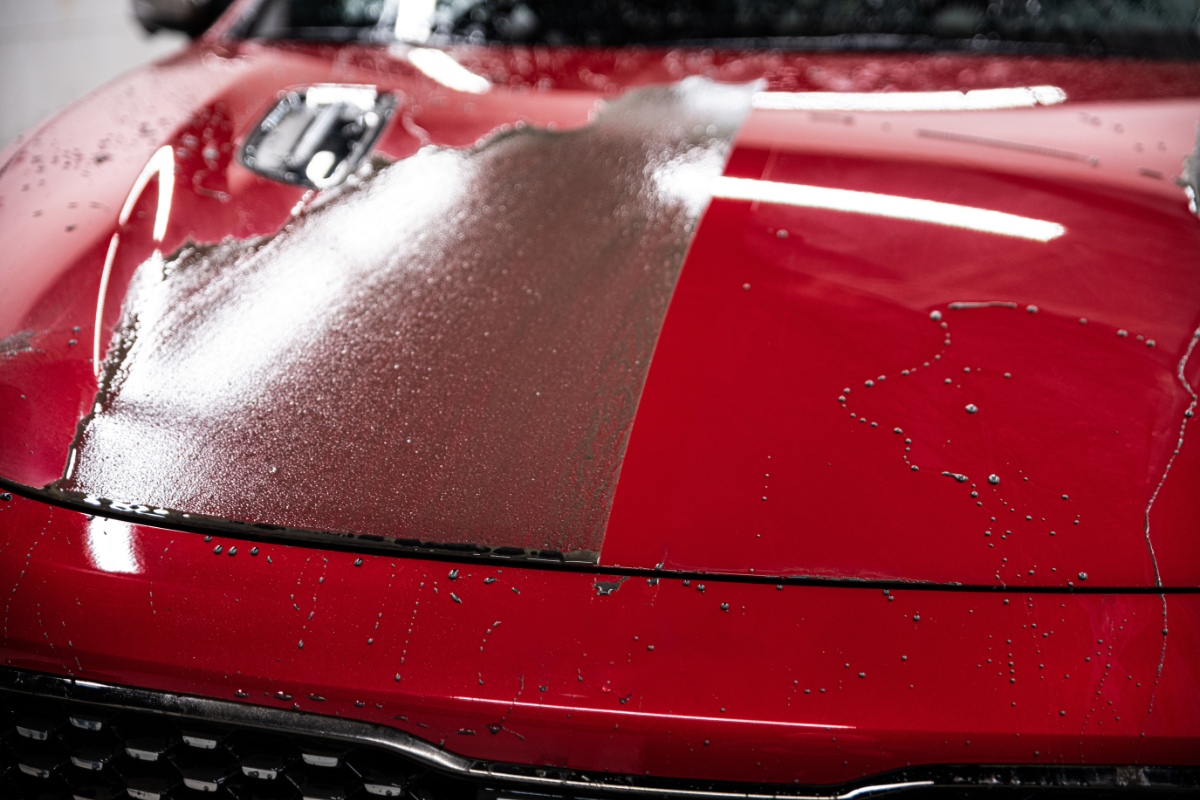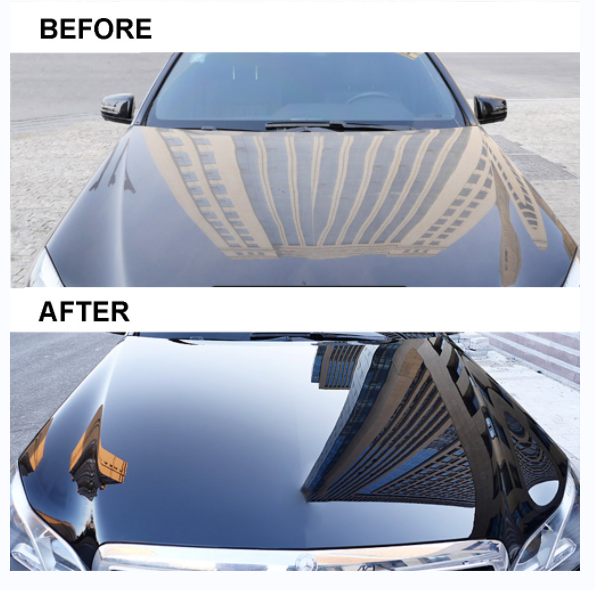Choose specialized car detailing to maintain your vehicle’s appearance.
A Comprehensive Overview to the Sorts Of Ceramic Finish on the Market
Ceramic layers have emerged as a critical service throughout numerous sectors due to their unique homes and applications. As we discover the distinct features and applications of these coatings, the implications for efficiency and durability end up being progressively evident, elevating questions concerning which type may finest fit your demands.
Recognizing Ceramic Coatings
Ceramic layers are advanced safety solutions that have acquired popularity in various sectors, specifically in automotive and aerospace applications. These coverings consist of a fluid polymer that, when healed, develops a sturdy, hydrophobic layer on the surface area of the substratum. This layer supplies enhanced resistance to environmental contaminants, UV radiation, and chemical exposure, thereby extending the life and visual charm of the underlying material.
The basic component of ceramic finishes is silica, which adds to their hardness and resilience. The application process typically entails surface prep work, application of the layer, and treating, which can be achieved via heat or UV light. Once healed, ceramic coverings display extraordinary bonding properties, permitting them to adhere strongly to a range of surfaces, consisting of steels, plastics, and glass.
In addition to their safety features, ceramic layers likewise use ease of upkeep. Their hydrophobic nature reduces the adherence of dust and grime, making cleansing less complex and less regular. Overall, the fostering of ceramic finishings represents a substantial development in surface area protection modern technology, supplying both functional and aesthetic advantages throughout multiple industries.
Kinds of Ceramic Coatings
Different sorts of ceramic coatings are available, each made to meet certain efficiency requirements and applications - scratch repair sarasota. One of the most common types consist of:
Silica-based Coatings: These layers largely consist of silicon dioxide and are recognized for their sturdiness and chemical resistance. They are extensively made use of in automotive and industrial applications.
Titanium Dioxide Coatings: Distinguished for their photocatalytic properties, titanium dioxide coatings are often applied in environments where self-cleaning and antifungal residential properties are preferable, such as in structure products and automobile surfaces.
Zirconia Coatings: Defined by their high-temperature stability and thermal resistance, zirconia finishes are used in applications such as generator engines and high-performance automobile elements.
Alumina Coatings: Exhibiting outstanding hardness and thermal security, alumina finishings are frequently made use of in wear-resistant applications, including reducing devices and commercial machinery. - Car Detailing
Hybrid Coatings: Incorporating the buildings of different materials, crossbreed finishings provide boosted performance attributes, making them ideal for unique and requiring applications.
Each kind of ceramic finishing serves distinctive purposes, allowing users to select the most proper service based upon specific ecological conditions and efficiency needs.
Benefits of Ceramic Coatings
Coatings play a crucial role in improving the efficiency and durability of surface areas throughout various sectors. Ceramic finishes, particularly, offer various advantages that make them increasingly preferred among makers and consumers alike. One of the key benefits is their learn the facts here now extraordinary durability. These coatings are immune to scrapes, chemicals, and UV rays, ensuring that the underlying surface area remains secured in time.
Along with durability, ceramic finishings supply excellent hydrophobic properties, permitting for easy cleaning and maintenance. This water-repellent nature minimizes the adherence of dust, grime, and other pollutants, which can extend the visual charm and performance of the surface area. Additionally, ceramic finishes can significantly boost thermal resistance, making them ideal for applications that endure high temperatures.

Application Refine
When applying ceramic coatings, a careful method is necessary to achieve optimum results. The application procedure usually begins with extensive surface area prep work. This involves washing, sanitizing, and polishing the surface to get rid of all impurities, consisting of dirt, grease, and prior waxes or sealers. A clean surface area ensures appropriate attachment of the finish.
When the surface area is prepped, the next step is to apply the ceramic layer. This can be done utilizing an applicator pad or a microfiber fabric, ensuring also insurance coverage. It is important to function in small sections to preserve control and protect against early curing. The covering needs to be used in thin layers, as thicker applications can result in unequal surfaces.
After application, the covering calls for a details healing time, normally ranging from a few hours to a complete day, depending on the product. Following these actions carefully will optimize the efficiency and durability of the ceramic covering, providing a sturdy protective layer for the surface.
Upkeep and Long Life
To make certain the go to my site long life and performance of a ceramic covering, regular maintenance is essential. Ceramic layers, understood for their resilience and safety high qualities, require details care regimens to maximize their life-span and efficiency. The primary step in upkeep involves routine cleaning with pH-neutral soap, preventing harsh chemicals that can degrade the layer. It is recommended to clean the automobile routinely, ideally every two weeks, to stop the build-up of pollutants that might jeopardize the finish's honesty.
In enhancement to routine cleaning, routine evaluations are crucial. Search for indicators of wear or damages, such as hydrophobic residential or commercial properties lessening or surface area blemishes. If needed, a light polish may be put on invigorate the finish without removing it away.
Additionally, the application of a booster spray can boost the layer's hydrophobic effects and restore its gloss. This is particularly advantageous for layers that have been in use for an extended period. Ultimately, by sticking to these upkeep techniques, one can significantly extend the life of a ceramic coating, ensuring that it remains to supply ideal security against environmental factors and maintain the aesthetic appeal of the vehicle.
Conclusion
